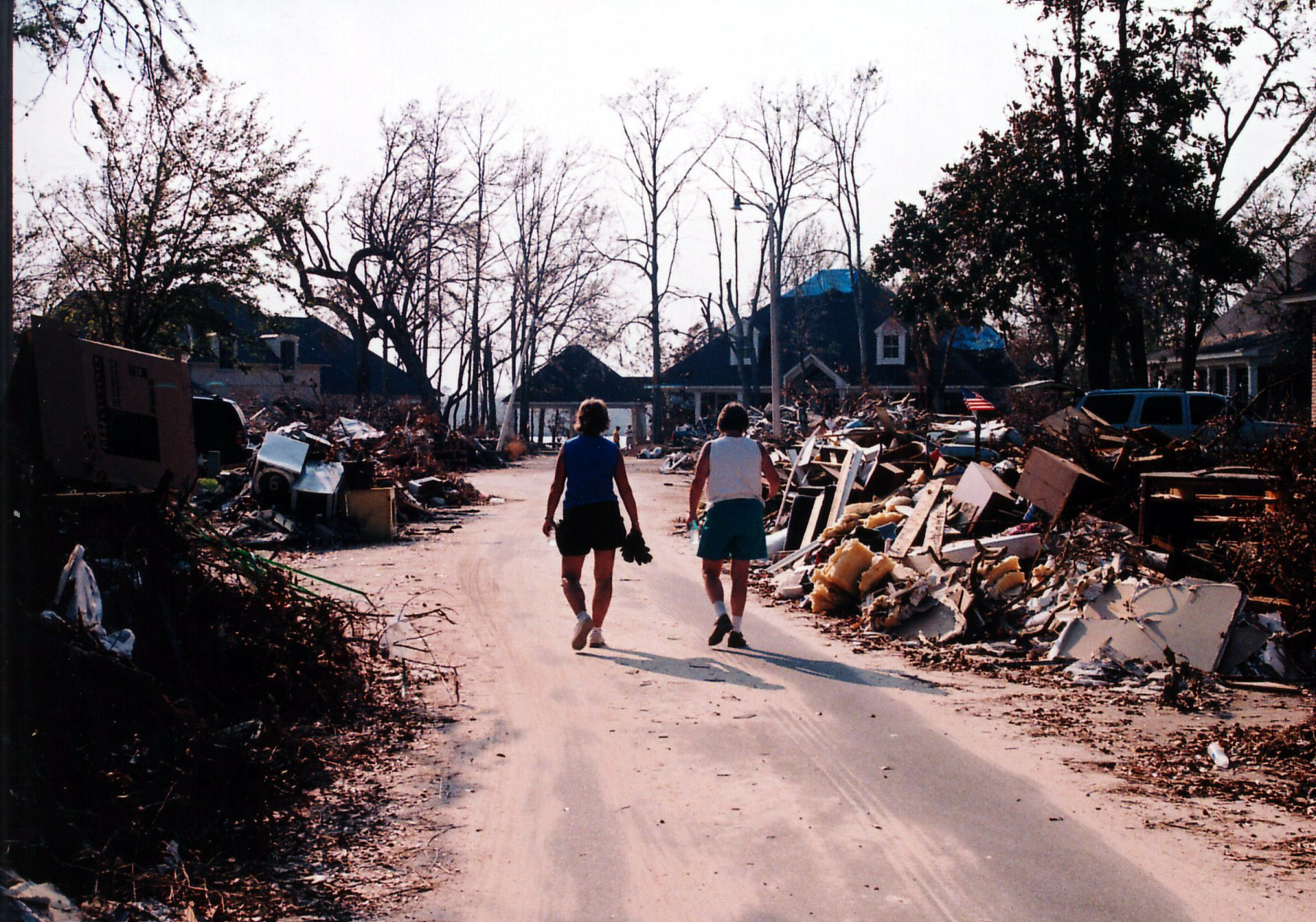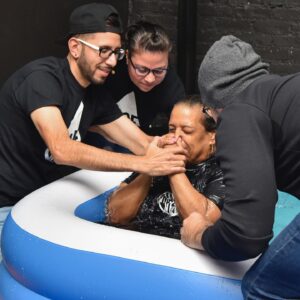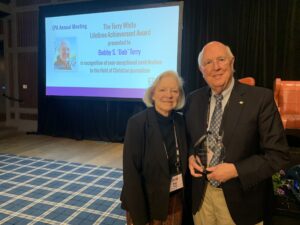
NEW ORLEANS (BP)–Her eyes are heavy, her gaze intense. She steps through mangled power lines on the road and over a tree trunk to see if a much-needed plumber is coming down the street. For Kay Bennett, director of the Baptist Friendship House in the heart of New Orleans, it’s just another day at work.
Bennett fell in love with the people of New Orleans while working on her master’s degree in counseling from New Orleans Baptist Theological Seminary. What started as a volunteer position at a local homeless shelter turned into a lifelong ministry for this Mississippi native. After spending seven years tirelessly pouring her heart and resources into the vision for the Friendship House, the center was finally opened in 2003 as a transitional shelter for homeless women and children.
Robin Keels, Woman’s Missionary Union consultant for the Mississippi Baptist Convention Board, said Bennett and the staff of the Friendship House regularly can be found among the homeless in the French Quarter, most of whom they know by name.
After Hurricane Katrina hit Aug. 29, Bennett and her staff were among the first individuals to return to New Orleans. She had to. Despite the hazardous conditions of what quickly went from being the “Big Easy” to a ghost town, these were “her people.”
“I feel like I’m stuck in August,” Bennett said. The center got power in mid-January for the first time since Katrina struck.
At the same time, she said, “What was week after week is now month after month.” Having worked tirelessly for months to minister in any way they could to those returning to what was left of their homes, Bennett acknowledged, “I’m fighting feelings of hopelessness.”
Yet despite her words, Bennett’s actions prove she’s far from having lost hope. She oversees volunteer teams who come in to gut out houses in the area, often working right alongside them in ankle-deep sewage.
Since the week of the storm, the Baptist General Convention of Oklahoma has sent in weekly teams to neighborhoods where house after house has a hole in the roof where residents fought with all their might to reach safety.
“Some people sat on their roof for up to seven days with intense heat, snakes and mosquitoes,” Bennett said.
Meanwhile, as many as 4,000 people are still missing and every so often another body is found inside a home.
The volunteers put on plastic protective suits, duct-taped to a second layer, as well as helmets, boots and respirator masks to clear out mold-infested homes. “You don’t get as much work done with all the equipment on,” one volunteer soon realized.
“It’s so hard standing with someone as a cleaning crew takes all of their belongings and throws it on the curb,” Bennett reflected. “All that remains can fit in one small box.”
One Oklahoma volunteer said, “Some people come back and gather what’s salvageable, but drop it in total despair before they ever leave the house. They want it, but think, ‘What’s the point?'”
The smell alone — an aspect of Katrina that Bennett said she will never forget — is enough to hinder recovery efforts. After a home is completely gutted out, it can still take up to two months for it to completely dry.
“I guess we’ll take it one day at a time, one house at a time, and it’ll get back to the way it used to be,” Bennett said. At the very least, she added, “It matters to the one we’ve helped.”
–30–
















